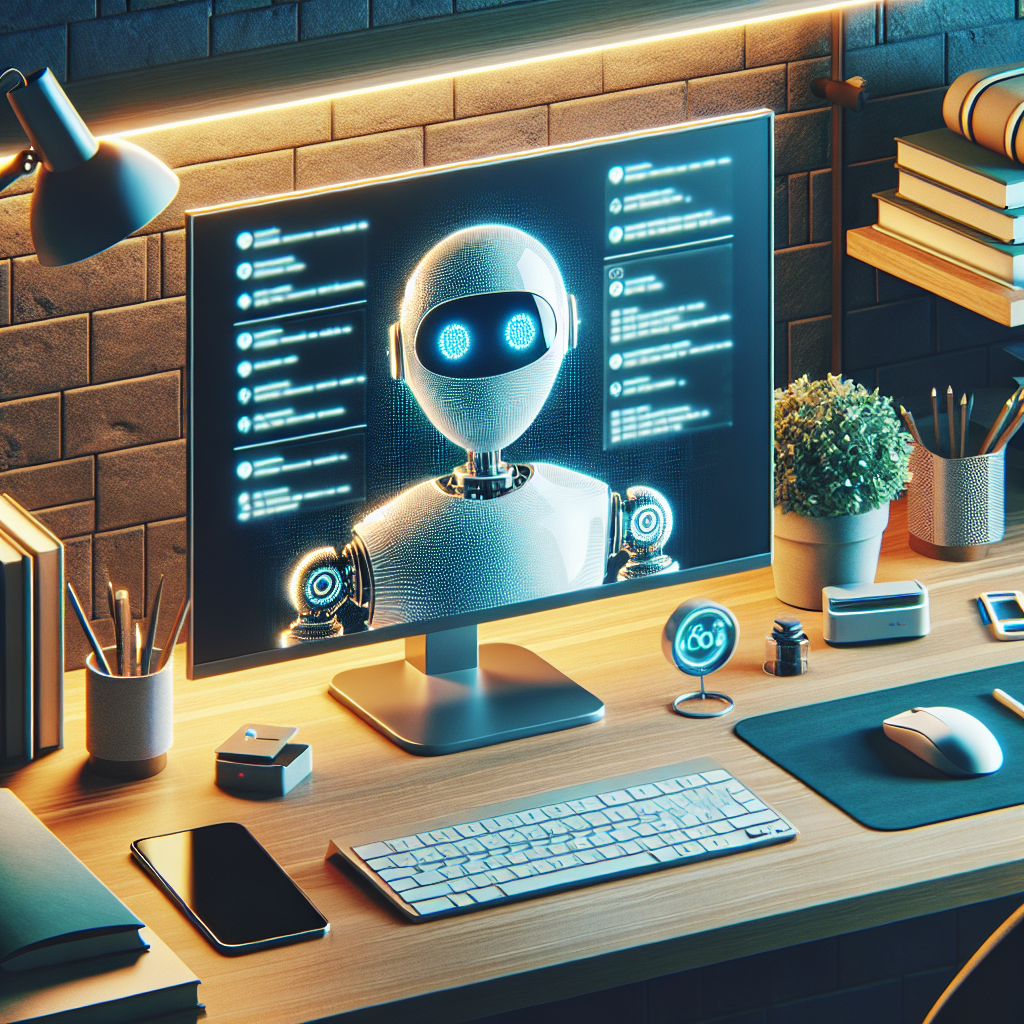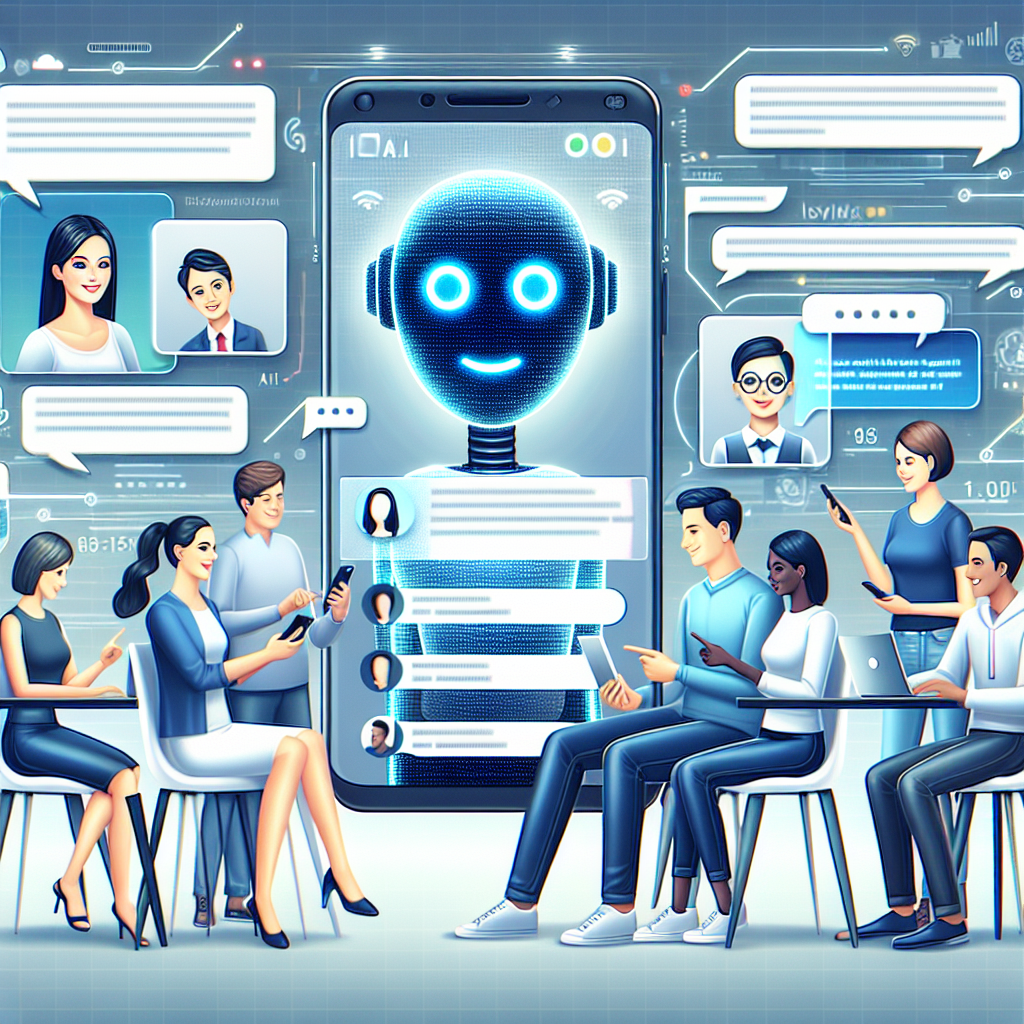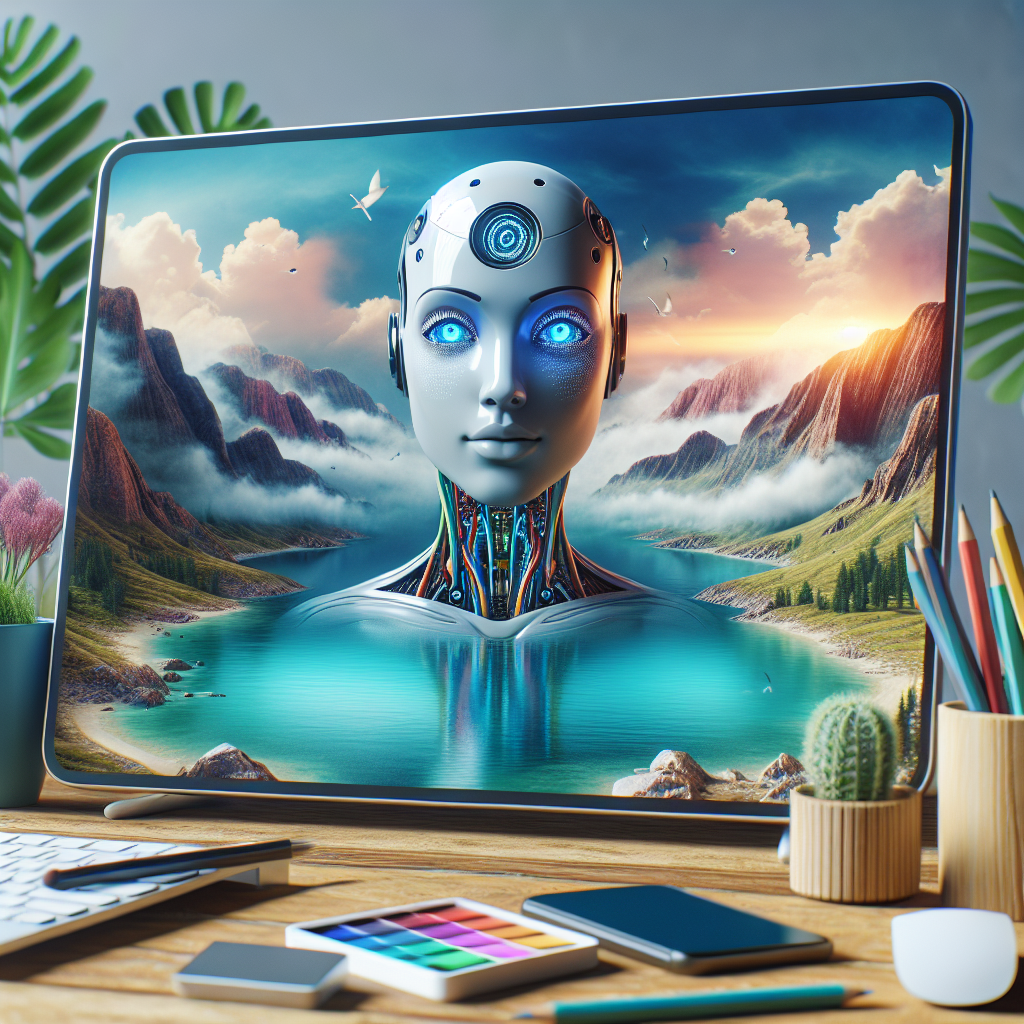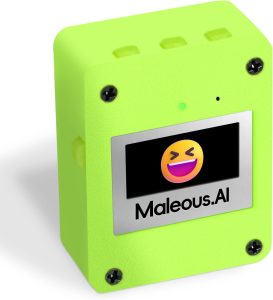AI Chatbots for Beginners: Guides to Get You Started

Welcome to the fascinating world of AI chatbots! If you’re a beginner, you’re in the right place. AI chatbots are revolutionizing the way businesses interact with their customers, providing instant responses and personalized experiences. But what exactly are AI chatbots, and how can you get started?
In simple terms, an AI chatbot is a software application designed to simulate human conversation. These chatbots leverage technologies like Natural Language Processing (NLP), machine learning, and AI to understand and respond to user queries in a human-like manner. They can be integrated into websites, social media platforms, and messaging apps to provide customer support, engage users, and even drive sales.
What makes AI chatbots particularly powerful is their ability to learn from interactions. Over time, they become more accurate and efficient, making them invaluable tools for businesses aiming to enhance their customer service and operational efficiency.
In this guide, we’ll break down the essentials of AI chatbots for beginners. You’ll learn about the underlying technologies, the different types of chatbots, and how to build one from scratch. By the end of this guide, you’ll have a solid understanding of AI chatbots and be ready to create your very own.
If you’re eager to dive deeper and want step-by-step instructions, don’t miss our Learn AI Chatbot Course. It’s designed to take you from a novice to a chatbot-building expert!
Why Use AI Chatbots

AI chatbots are becoming increasingly popular, and for good reason. They offer a multitude of benefits that can significantly enhance both customer experience and business operations. Here are some compelling reasons why you should consider using AI chatbots:
1. 24/7 Availability: One of the most significant advantages of AI chatbots is their ability to provide round-the-clock support. Unlike human agents, chatbots don’t need breaks, ensuring that your customers can get assistance anytime they need it.
2. Instant Responses: In today’s fast-paced world, customers expect quick resolutions to their queries. AI chatbots can process and respond to inquiries almost instantaneously, reducing wait times and improving customer satisfaction.
3. Cost-Effective: Hiring and training customer support staff can be expensive. AI chatbots can handle a large volume of interactions simultaneously, reducing the need for a large support team and thereby cutting costs.
4. Scalability: Whether you’re a small business or a large enterprise, AI chatbots can scale to meet your needs. They can handle thousands of conversations simultaneously, making them ideal for businesses experiencing rapid growth or high traffic.
5. Personalization: Advanced AI chatbots can analyze user data to provide personalized responses and recommendations. This level of customization can enhance user engagement and drive conversions.
6. Data Collection and Analysis: AI chatbots can gather valuable data from customer interactions, providing insights into customer behavior, preferences, and pain points. This data can be used to refine your strategies and improve your offerings.
Incorporating AI chatbots into your business can lead to improved customer satisfaction, increased efficiency, and significant cost savings. As you delve deeper into this guide, you’ll discover how to harness these benefits effectively.
Key Components of AI Chatbots

Building an effective AI chatbot involves understanding its essential components. Each part plays a critical role in ensuring your chatbot functions smoothly and meets user expectations. Here are the key components of AI chatbots:
1. Natural Language Processing (NLP): At the heart of any AI chatbot is NLP, which enables the chatbot to understand and interpret human language. NLP algorithms process user inputs, converting them into a format the chatbot can understand and respond to accurately.
2. Machine Learning (ML): Machine learning algorithms allow chatbots to learn from interactions and improve over time. By analyzing previous conversations, the chatbot can make better predictions and provide more accurate responses, enhancing the overall user experience.
3. Knowledge Base: A comprehensive knowledge base is essential for a chatbot to provide relevant and accurate information. This database contains predefined answers, information about products or services, and other relevant data that the chatbot can reference when responding to user queries.
4. Integration Capabilities: Effective AI chatbots can integrate with various platforms and services, such as CRM systems, social media platforms, and e-commerce websites. These integrations enable the chatbot to access real-time data and provide a seamless user experience across different channels.
5. User Interface (UI): The user interface is how users interact with the chatbot. A well-designed UI, whether it’s text-based or includes multimedia elements, can significantly enhance user engagement and satisfaction.
6. Dialog Management: Dialog management systems help the chatbot maintain context throughout the conversation. This component ensures that the chatbot can handle multi-turn interactions, remember previous inputs, and provide coherent responses.
7. Security: Ensuring user data is secure is paramount. AI chatbots should be equipped with robust security measures, including data encryption and authentication protocols, to protect sensitive information.
Understanding these components is crucial for building a powerful and efficient AI chatbot. As you continue through this guide, you’ll learn how to implement and optimize these elements to create a chatbot that meets your specific needs.
Step-by-Step Guide to Building AI Chatbots

Creating an AI chatbot may seem daunting at first, but by following a structured approach, you can build a powerful and efficient chatbot. Here’s a step-by-step guide to building AI chatbots:
1. Define Your Objectives: Start by determining the purpose of your chatbot. Are you aiming to improve customer service, assist with sales, or provide information? Clearly outlining your goals will guide the rest of your development process.
2. Choose the Right Platform: There are numerous platforms available for building AI chatbots, such as Dialogflow, IBM Watson, and Microsoft Bot Framework. Select one that aligns with your technical expertise and project requirements.
3. Design Conversational Flow: Map out the conversational flow of your chatbot. Identify key user intents, possible user inputs, and the corresponding chatbot responses. This step ensures that the chatbot can handle various scenarios and provide coherent answers.
4. Develop NLP Capabilities: Implement Natural Language Processing (NLP) to enable your chatbot to understand and interpret user inputs. Train the NLP model with sample data to improve its accuracy and ability to handle different language variations.
5. Build the Knowledge Base: Create a comprehensive knowledge base that includes predefined answers, FAQs, and other relevant information. This database will serve as the chatbot’s reference when responding to user queries.
6. Integrate with External Systems: Connect your chatbot to external systems such as CRM software, e-commerce platforms, or social media channels. These integrations enable the chatbot to access real-time data and provide a seamless user experience.
7. Test and Iterate: Thoroughly test your chatbot to identify any issues or areas for improvement. Use feedback from users to refine the conversational flow, improve NLP accuracy, and enhance the overall performance of the chatbot.
8. Deploy and Monitor: Once your chatbot is ready, deploy it on your chosen platform. Continuously monitor its performance and interactions to ensure it meets user expectations and delivers consistent results.
By following these steps, you can build a robust AI chatbot that effectively meets your objectives. As you gain more experience, you’ll be able to fine-tune and optimize your chatbot to provide even better user experiences.
Common Challenges and Solutions

Building AI chatbots comes with its own set of challenges. Identifying these challenges early on and implementing the right solutions can significantly enhance the effectiveness of your chatbot. Here are some common challenges and solutions you might encounter:
1. Understanding User Intent: One of the primary challenges is accurately interpreting user intent. Users may express the same intent in various ways, making it difficult for the chatbot to understand. To mitigate this, use advanced Natural Language Processing (NLP) techniques and continuously train your model with diverse data sets.
2. Handling Ambiguity: Users often provide ambiguous or unclear inputs. Implementing a clarification mechanism where the chatbot asks follow-up questions can help resolve this issue. Additionally, designing fallback responses can guide users back on track.
3. Maintaining Context: Keeping track of the conversation context is crucial for meaningful interactions. Use context management techniques such as maintaining session variables and context flags to ensure the chatbot remembers previous interactions and provides relevant responses.
4. Integrating with Existing Systems: Ensuring seamless integration with existing databases, CRMs, or e-commerce platforms can be complex. Use robust APIs and middleware solutions to facilitate smooth data exchange and avoid disruptions.
5. Ensuring User Privacy: Protecting user data and maintaining privacy is paramount. Implement strong encryption methods, comply with data protection regulations, and be transparent about data usage policies to build user trust.
6. Managing User Expectations: Users might have high expectations from AI chatbots, sometimes expecting them to perform beyond their capabilities. Clearly communicate the chatbot’s functionalities and limitations to users to manage their expectations effectively.
7. Continuous Learning and Improvement: AI chatbots require ongoing learning to stay relevant and effective. Regularly update the knowledge base, retrain NLP models, and incorporate user feedback to keep improving the chatbot’s performance.
Addressing these challenges with the right strategies will not only enhance the performance of your AI chatbot but also ensure a better user experience. By being proactive and adaptive, you can overcome these common hurdles and build a successful AI chatbot.
Future Trends in AI Chatbots
The landscape of AI chatbots is rapidly evolving, and staying ahead of the curve can give your business a significant competitive edge. Here are some key future trends in AI chatbots that are set to transform the industry:
1. Enhanced Personalization: Future AI chatbots will leverage advanced data analytics and machine learning to offer highly personalized user experiences. By analyzing user behavior and preferences in real-time, chatbots will be able to tailor responses and recommendations more effectively.
2. Voice-Activated Assistants: With the rise of voice-activated devices like smart speakers, chatbots are expected to integrate more with voice recognition technology. This trend will make interactions more natural and convenient, allowing users to engage with chatbots through voice commands.
3. Multi-Modal Interactions: Future chatbots will not be limited to text-based interactions. They will incorporate multi-modal communication, including text, voice, and even visual elements like images and videos, to provide a richer user experience.
4. Emotional Intelligence: One of the most exciting trends is the development of emotionally intelligent chatbots. These chatbots will be capable of detecting and responding to user emotions, making interactions more empathetic and human-like.
5. Integration with IoT: As the Internet of Things (IoT) continues to grow, AI chatbots will increasingly integrate with IoT devices. This will enable seamless control and monitoring of smart home devices, wearables, and other connected gadgets through chatbot interfaces.
6. Advanced Natural Language Understanding (NLU): Improvements in NLU will allow chatbots to understand and process human language with greater accuracy. This will result in more intuitive and effective communication, reducing the need for multiple clarifications.
7. Proactive Assistance: Future chatbots will become more proactive, anticipating user needs and offering assistance before being asked. By leveraging predictive analytics, chatbots will be able to provide timely and relevant support, enhancing user satisfaction.
As these trends continue to develop, the potential for AI chatbots to revolutionize customer service, marketing, and various other industries is immense. Staying informed and adapting to these advancements will ensure that your chatbot remains cutting-edge and competitive.
Ready to take the leap into the future of AI chatbots? Learn AI Chatbot Course and start building the next generation of intelligent chatbots today!








